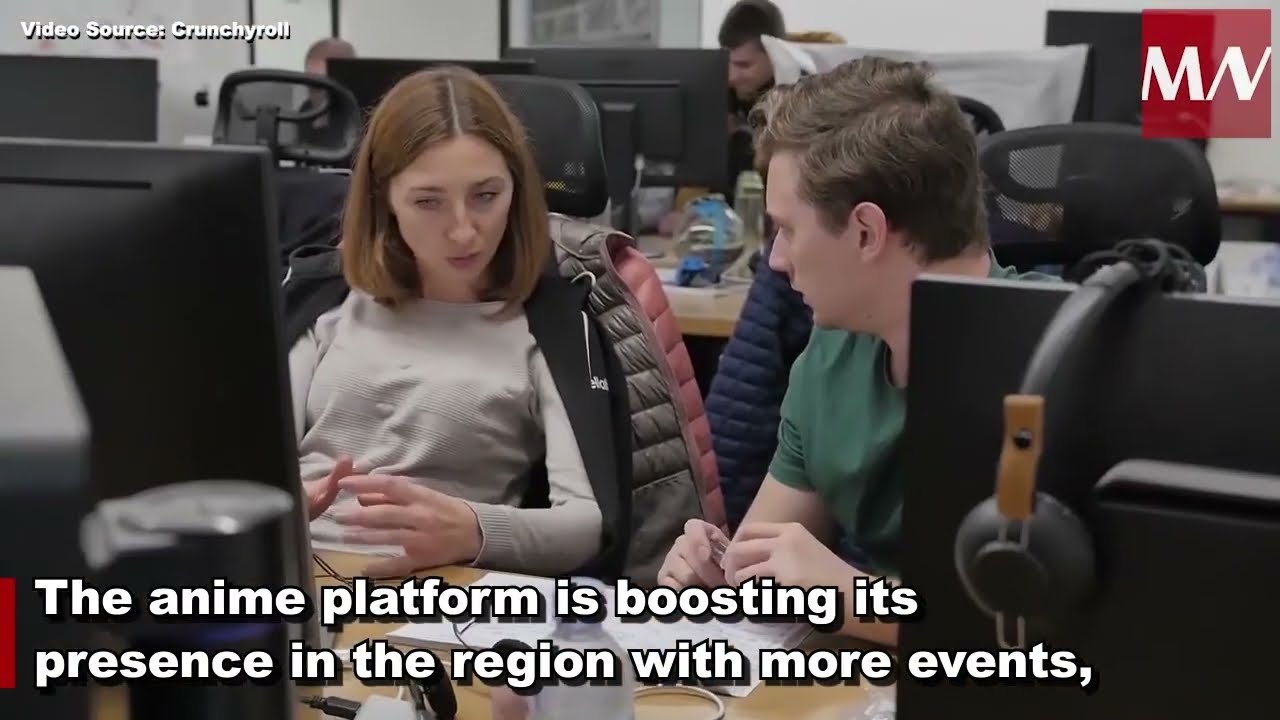US auto sales drop 5.5% in September as interest rates rise up
Warning: foreach() argument must be of type array|object, bool given in /home/mexiconow/public_html/sites/mexiconow/wp-content/themes/mexiconowwpnew/single.php on line 176
Last month, light-vehicle sales in the U.S. market fell about 5.5% compared to September 2017, when insurance payments for cars totaled by Hurricane Harvey led to atypical sales volumes for that part of the year. Also, one fewer selling day, increasing interest rates and concerns on trade issues played a role, according to analysts.
However, it was a good month for Fiat Chrysler Automobiles, whose strong demand for its Jeep and Ram brands led to a 15% increase on sales of 199,819 vehicles. It was the first time since January 2007 that the American-Italian automaker outsold Ford on a monthly basis.
There were 1,441,240 deliveries in September compared to 1,525,122 in the previous year, according to AutoNews. Year-to-date sales are now of 12,941,688 units, which represents a 0.48% increase.
The remaining two automakers that are part of the so-called Big Detroit 3 posted two-digit declines. Ford saw its sales sink 11.3% to 196,496 vehicles while GM deliveries fell an estimate 15.8% to around 235,228 units. It’s worth noting that General Motors no longer reports monthly sales but only quarterly figures.
Among Japanese automakers Honda posted a 7% drop, while Nissan deliveries fell 12.2% and Toyota reported a 10.4% decrease. Mazda delivered 17.4% vehicles less than a year before. Subaru was the only one that posted gains, those were of 3.5%.
Korean automaker Kia saw its sales decline 1.8% while those of its sister brand Hyundai increased 0.6% and Germany-based Volkswagen posted a 4.8% loss.
In the premium market Mercedes-Benz led with 30,715 units sold, however, that figure is still 5% lower than a year before. BMW posted a 0.2% gain to 29,459 vehicles and Audi followed far behind with 19,350 deliveries, up 0.2%.
As previously stated, aside from the atypical sales of September 2017, analysts blamed rising interest rates and the fear of tariffs for keeping potential customers away from auto dealerships.
“The trickle-down effect of elevated interest rates really started hitting car shoppers in September,” Jeremy Acevedo, analyst for Edmunds. “Only 5.6% of buyers are getting 0% interest-rate loans now, down from 10.1% a year ago,” he added.
As for tariffs “the new-vehicle market is challenged by affordability, and ironically the most affordable and most popular vehicles are imported,” said Jonathan Smoke, chief economist for Cox Automotive, as he pointed to a consumer survey taken in August revealing half of those responding who had recently bought a vehicle said news on tariffs had impacted their vehicle shopping this year.
The U.S. market is destination to 71.6% of Mexico’s auto exports. During the first quarter of 2018 a total 598,028 units were shipped to the United States. Such figure represents 14.6% of total U.S. sales during that period.
MexicoNow
Related
- This is how auto sales ended up in September over the NAFTA region
- Auto sales in Mexico drop 1.5% in September
- Unusually high inventories may lead to stronger than expected US auto sales, says report





